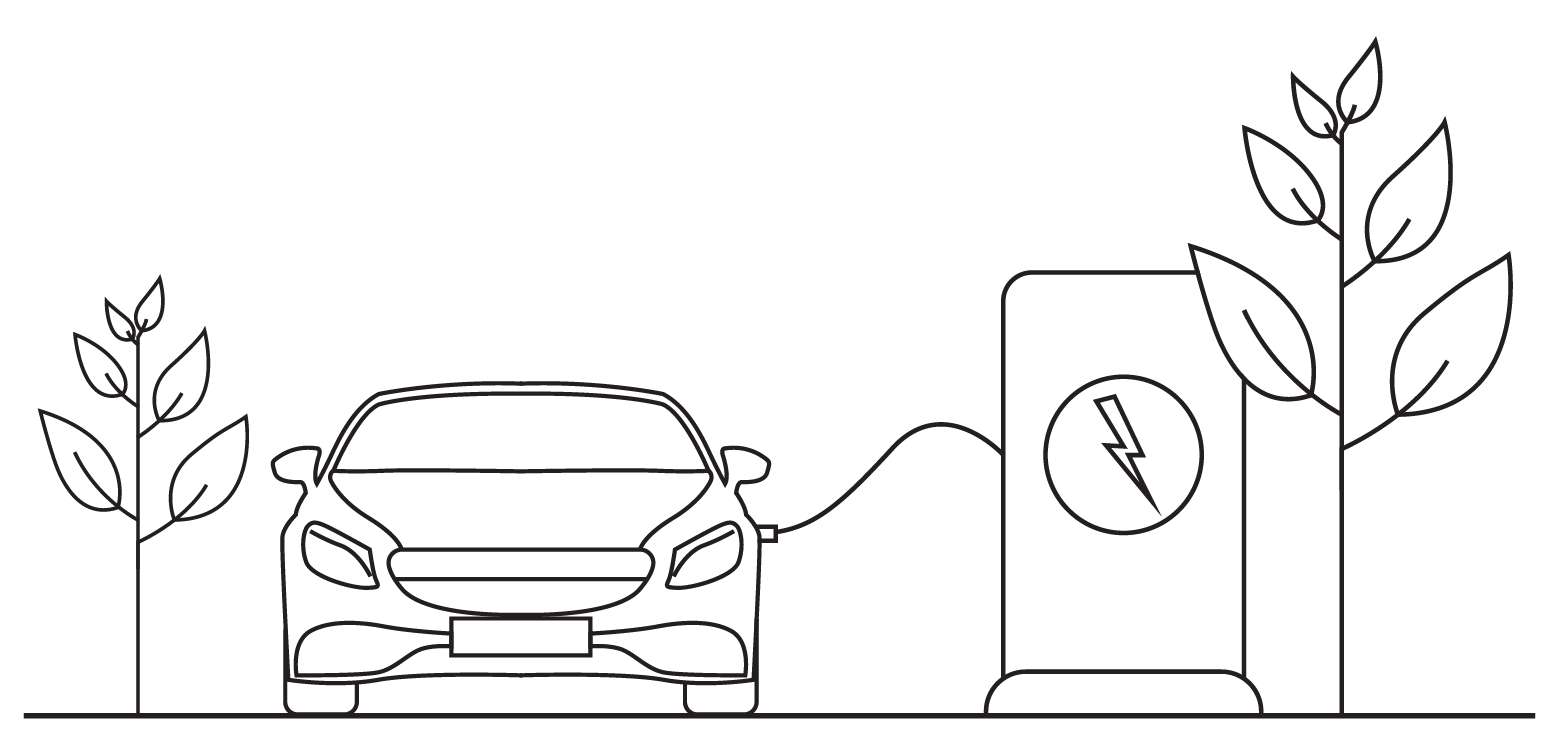Although the number of electric vehicles (EVs) on UK roads is steadily rising, the EV market has faced numerous challenges in recent years.
Data from the Society of Motor Manufacturers and Traders (SMMT) reveals that the market share for EVs fell to 15.2% in March 2024 from 16.2% the previous year, whilst sales for other powertrain types, including petrol, diesel and hybrids increased.
New EV models are also expensive compared to other powertrains – and since the Government’s Plug-in Car Grant (PiCG) was withdrawn in June 2022, there have been no consumer incentives for EV buyers in the UK.
As EVs are priced higher than other powertrain types, it’s only natural to be concerned about how they depreciate compared to their internal combustion engine (ICE) rivals. A new EV will begin to lose value from the moment it is driven off the forecourt, as it will then be classed as a second-hand vehicle.
In this guide, we will cover the major depreciation factors that affect EV owners – and examine how EVs compare to ICE cars in the depreciation stakes. We’ll also share some tips on minimising EV depreciation.
Get a free valuation
What is depreciation?
Car depreciation is the gradual decrease in the value of a vehicle over time.
Some assets appreciate in value; jewellery may appreciate in value due to its rarity, while a house’s value will often grow due to factors such as market growth and improvements. However, cars’ value almost always depreciates after they are sold for the first time.
If potential resale value is something you take into account when choosing a new car, it’s certainly worth considering the rates of electric car depreciation. It will make things much simpler when the time comes to sell your electric car.
Factors influencing electric car depreciation
-
Mileage
The more miles you clock up, the less your vehicle will be worth.
-
Age
Virtually all cars experience age-related depreciation. So, you can expect an older EV to be worth less.
-
Battery condition
Your EV’s battery performance and the range that the battery can provide will affect its market value.
-
Brand reputation
If your car's brand has a poor reputation - or an incident adversely affects the brand’s reputation, your car’s value may also suffer.
-
Service history
Staying on top of your EV’s servicing schedule and recording each garage visit in the service booklet can help you retain more of your car’s value.
-
Cosmetic condition
Keeping your car in good condition and proactively fixing any minor dents and scratches can help to reduce the effects of depreciation.
-
Size
Larger cars are typically costlier to run and come with higher price tags. Therefore, if you opt for a large EV, you stand to lose more money over time.
-
Market demand
As a result of the current EV market struggles, many used EVs are now depreciating at a faster rate.
Comparing depreciation: EVs vs ICE vehicles
- Market data reveals that on average, EVs depreciate at a slightly faster rate than their ICE rivals.
- A typical EV’s value drops off more steeply than an equivalent ICE model in the first year, then levels off.
- However, it is important to bear in mind that EVs typically have higher RRPs than equivalent ICE models. Therefore, you’re likely to lose more money through depreciation if you buy a new EV.
- Market volatility affects both EVs and ICE models. However, reports of poor residual values for EVs may knock consumer confidence, pushing used EV values down even further.
- Some ICE cars are liable to pay daily fees if they travel within emissions-based chargeable zones such as the Ultra Low Emission Zone (ULEZ) in London or the Clean Air Zones (CAZs) in other cities, whereas EVs are usually exempt from these charges.
- Full EVs are also exempt from the Congestion Charge in London.
- These additional charges have hurt the resale values of some higher-polluting ICE models.

How long do electric car batteries last?
Typically speaking, electric car batteries last anywhere between 10-20 years.
However, it’s crucial that you keep your batteries in good condition, as your EV can't run without them. If the batteries become damaged, the value of the whole car will suffer as a result.
Here are some of the factors that can damage electric car batteries and reduce their capacity:
- Overcharging.
- Exposure to extreme temperatures.
- Not allowing batteries to cool before recharging.
- Only using rapid chargers.

How to minimise electric car depreciation
-
Choose an EV brand with a good reputation
Choosing a reliable model will help to minimise the risk of expensive faults. EVs from brands with a good reputation tend to depreciate slower, as higher consumer confidence helps them hold on to more of their value.
-
Maintain a full service history
Make sure you service your EV at the intervals recommended by the manufacturer and keep a record of each service. Maintaining a complete service history will reassure the next buyer that you have taken good care of your EV and help you get a better price for it.
-
Keep the car looking good
Regularly clean the car inside and out. Address any scratches and blemishes promptly. If your car looks good cosmetically, this will help to preserve its value.
-
Sell at the right time
Choosing the best time to sell your car can lessen the effects of depreciation. If you are selling a used car, avoid selling it in March or September when the new numberplates launch. Demand for different types of EVs peaks at different times of year. Sports cars sell for more in the spring and summer thanks to the warmer temperatures, whereas 4x4s fetch the best prices in winter, as they can handle inclement weather better than most cars.
The future of electric car depreciation
- After significant shortages during and after the pandemic, the supply of EVs in the UK’s used market is now improving, with many formerly leased EVs now rejoining the market as used cars.
- EV technology and reliability is improving with each new generation. Some manufacturers are offering eight-year battery warranties to help make EVs more attractive to consumers.
- Increased availability of EV charging infrastructure will make electric motoring a viable prospect for growing numbers of drivers.
- Whilst the Government does not currently offer any incentives for EV buyers, they may choose to re-introduce discounts to support the approaching 2035 ban on the sale of new ICE vehicles – and the ongoing drive towards electrification.
- EV demand is expected to increase as the 2035 ICE ban approaches. This may lead to a slower rate of depreciation for the next generation of EVs.


